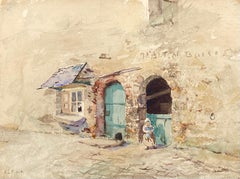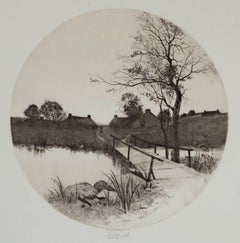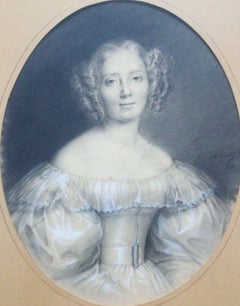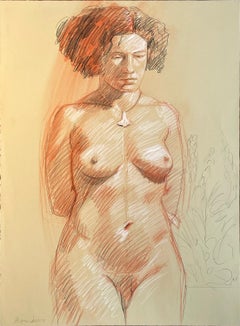Edward Loyal Field Art
Born in Illinois, Edward Loyal Field frequently painted in the Tonalist aesthetic, where the artist would imbue the entire scene with a certain color to suggest a mist or atmosphere. His landscapes frequently adopted a feeling of nostalgia and admiration for rural life. The Boat House does just this, though without the color of many Tonalist compositions. Even without this unifying hue, Field created a sense of atmosphere and depth by manipulating value and mark, as well as beginning to blur any objects in the far distance.
1870s Academic Edward Loyal Field Art
Watercolor, Archival Paper
1880s Realist Edward Loyal Field Art
Etching
1830s Academic Edward Loyal Field Art
Paper, Charcoal, Gouache
2010s Academic Edward Loyal Field Art
Conté, Charcoal, Archival Paper, Graphite
19th Century Academic Edward Loyal Field Art
Paper, Watercolor, Board, Pencil
2010s Academic Edward Loyal Field Art
Charcoal, Archival Paper
1880s Academic Edward Loyal Field Art
Watercolor, Ink
1920s Academic Edward Loyal Field Art
Ink, Watercolor, Gouache
20th Century Realist Edward Loyal Field Art
Etching
1870s Academic Edward Loyal Field Art
Watercolor
1850s Realist Edward Loyal Field Art
Photographic Paper, Etching
1850s Realist Edward Loyal Field Art
Etching
1940s Realist Edward Loyal Field Art
Aquatint
Early 1900s Academic Edward Loyal Field Art
Paper, Watercolor, Pencil



